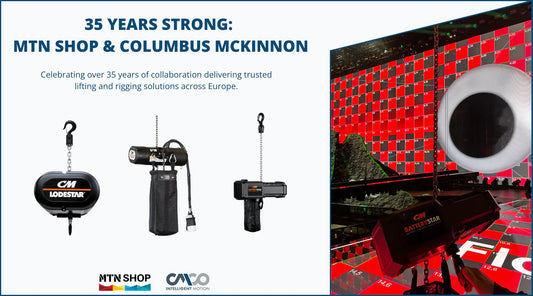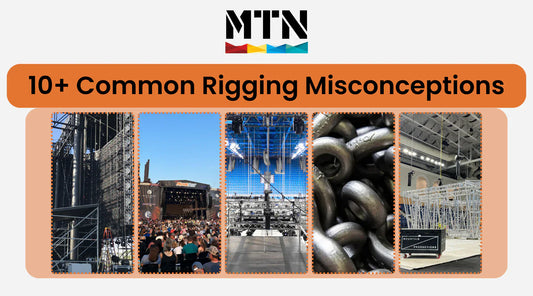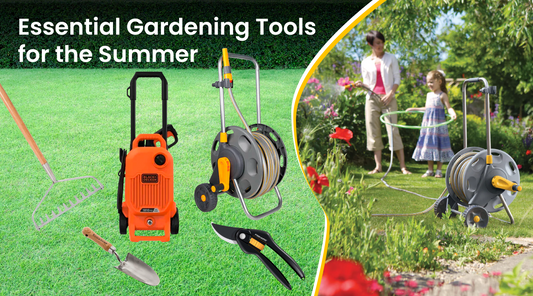A Guide to Choosing the Right Jigsaw Blade
Article
Choosing the correct blade for your jigsaw can make all the difference when tackling any task effectively. As an avid DIYer or seasoned professional carpenter knows well, every project requires specific specialized tools to achieve optimal results. However, you need to use the right jigsaw blade to achieve optimal performance and results.
This article will provide a comprehensive guide to choosing suitable jigsaw blades.
Read on.
Types of Jigsaw Blades
Jigsaw blades are available in different types and materials, each designed for a specific cutting task. The most common types of jigsaw blades are T-shank and U-shank blades.
In choosing appropriate blades for your jigsaw, one must recognize two primary options: those utilizing T-shanks and those with U-shaped designs requiring embellishment by way of set screws.
As such, recognizing their distinctions becomes pertinent—T-shanks are designed uniquely for simple insertion into chucks due to their distinct shape. In contrast, their counterparts must undergo reinforcement before being utilized effectively. Here are several types of jigsaw blades;
- Laminate jigsaw blades are made from plastic and are designed to be used on plastic boards and other materials that aren't too heavy. They're durable and sharp but aren't as suitable for cutting through thicker materials like wood or metal.
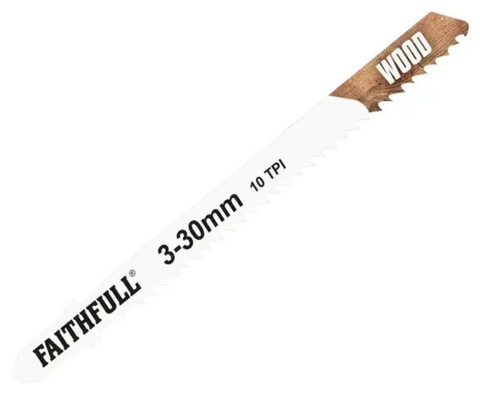
Laminate Jigsaw
- Wood jigsaw blades are made of wood and are intended for usage on lightweight materials such as wooden boards. They're durable and sharp but aren't as suitable for cutting through thicker materials like metal or plastic.
- Metal Jigsaw blades are made of metal alloys, including metals like copper or aluminum. They are made to endure the rigors of production processes like injection molding and sheet metal stamping and are intended for heavy-duty use in industrial settings. Metal jigsaw blades are usually used when cutting metal objects such as sheet metal or aluminum foil which isn't marriable.
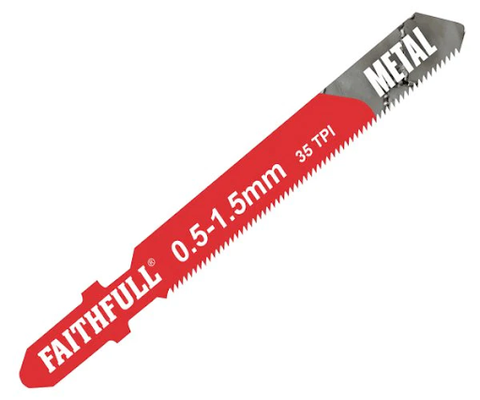
Jigsaw blades are also made from different materials, including high-speed steel, carbon steel, and bi-metal. Carbon steel blades are great for cutting wood and plastics, and high-speed steel blades are best for cutting nonferrous metals. Bi-metal blades combine high-speed steel teeth and a flexible carbon steel body, making them ideal for cutting various materials.
Blade Characteristics
Jigsaw blades come in different shapes and sizes, each with unique characteristics affecting its cutting performance. Here are some features you need to know
The tooth configuration refers to the number and arrangement of teeth on the blade. Blades with more teeth per inch (TPI) produce smoother cuts, while those with fewer TPI are ideal for faster cutting.
A standard tooth configuration is 12 teeth per inch (TPI), with two tines on each side of the blade. This provides more surface area for cutting than fewer teeth, resulting in faster cut times.
The length of a jigsaw blade determines how far apart the blades will travel before stopping to make one complete revolution around its axis. A longer length allows more space between tines so you can fit more material between them before having to stop moving them again.
Jig saw blades come in wide widths depending on their intended use. For example, suppose you need to cut through thick materials or hard surfaces like metal or wood. In that case, you will want to choose an extra-wide blade with plenty of surface area for cutting through these materials without any problems. This is due to the lack of space between individual teeth on your blade.
We offer a wide range of jigsaw blades with different characteristics. For instance, our metal-cutting jigsaw blades have a high TPI for smoother cuts, while our jigsaw blades for wood have fewer TPI for faster cutting.
How to Change Jigsaw Blades
Changing a jigsaw blade is a straightforward process that requires minimal effort and tools. Here is detailed instructions for changing a jigsaw blade:
- Unplug the jigsaw from the power source.
- Locate the blade release lever on the jigsaw's body.
- Pull the blade release lever to release the blade from the chuck.
- Insert the new blade into the chuck, ensuring the teeth face forward.
- Push the blade release lever back into place to secure the new blade.
It's essential to ensure the new blade is securely placed before using the jigsaw. You can gently pull the blade to ensure it doesn't come loose during cutting.
It's also worth noting that some jigsaw blades, such as U-shank blades, require a set screw to secure them. Ensure you read the manufacturer's instructions before changing the blade.
Popular Brands of Jigsaw Blades
Jigsaw blades come in various brands, each with unique characteristics and advantages. Our shop offers popular brands such as Bosch, Irwin, and Screwfix.

Bosch jigsaw blades are known for their durability and precision cutting. They come in various shapes and sizes, making them ideal for cutting various materials.
Screwfix jigsaw blades are also popular among DIY enthusiasts and professionals. They offer excellent value for money and are available in different materials and tooth configurations.
Choosing the Right Jigsaw Blade
Choosing the right jigsaw blade is key to a successful job and a great deal of frustration. These are some of the critical features you should know before purchasing any.
The thickness and shape of the cut dictate how much material you can get through your jigsaw in one pass. For example, if you're cutting metal, you'll need to choose a blade with a thinner TPI (teeth per inch) than if you were woodworking.
This will allow more material to be removed in one pass and prevent overheating caused by overheating the blade or losing pieces of your project due to overheating.
The type of material determines what kind of blade should be used for that specific material. For example, you may want a metal blade for metal but not for wood because it will cut too deeply into the wood, causing splinters or cracking from overheating or bending too much metal around the edge of your cut line.
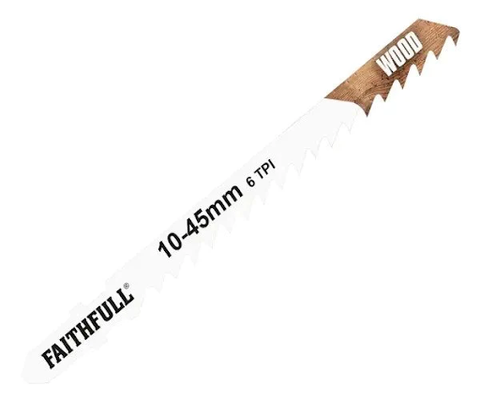
Length and TPI also play into this decision process because longer blades will allow more cuts per minute, while shorter blades require more passes over an area before they can make another cut.
This means less time spent getting through your project quickly and potentially leaving more pieces behind if they are not appropriately removed before moving on to another section of your project.
When cutting wood, you need to consider the type of wood you're cutting. Softwoods like pine and cedar require blades with fewer TPI for faster cutting, while hardwoods like oak and maple require jigsaw blades with more TPI for smoother cuts.
A knife blade may be fastened with several different kinds of hardware. The blade portion that extends from the handle is known as the tang and is the most prevalent. It is used to attach the handle to the rest of the knife.
Some other common types of fastenings include:
- Integral handle: These knives have handles that are integrated with their blades and do not come apart for cleaning or maintenance purposes.
- Pocket clip: This type of fastening secures a knife without using any screws or bolts but instead relies on spring tension and design to hold it in place.
Maintenance and Care of Jigsaw Blades
Proper maintenance and care of jigsaw blades can extend their lifespan and improve their cutting performance. Jigsaw blades are a staple in any woodworking shop.
When buying a jigsaw blade, verifying its endurance and effectiveness during usage for longevity is essential. Therefore, conducting comprehensive research on the item's attributes and traits becomes vital in acquiring an ideal tool.
Here are some maintenance tips for your jigsaw blade:
- Cleaning. If necessary, prepare the blade by cleaning it with a damp cloth or sponge.
- Use a protective film on your blade after each use to protect it from corrosion and rust over time due to moisture or chemicals in the air near where it is being stored, such as while hanging on a wall.
- Always keep dust away from your blades since it might cause them to grow dull quickly and cause early failure or breaking. It's also crucial to store the blades correctly to prevent them from getting damaged. You can store them in a blade storage case or a magnetic holder.
Final Verdict
Choosing the right jigsaw blade is crucial for achieving optimal performance and results. We offer various jigsaw blades for different materials and cutting tasks. We also offer popular brands such as Stanely and Faithful and other various brands.
When choosing a jigsaw blade, determine the type of material you want to cut and the kind of cut you want to create. Maintaining and caring for your jigsaw blades is essential to extend their lifespan and improve their cutting performance.
Browse our selection of jigsaw blades today and experiment with different brands and types to find the best fit for your needs.

